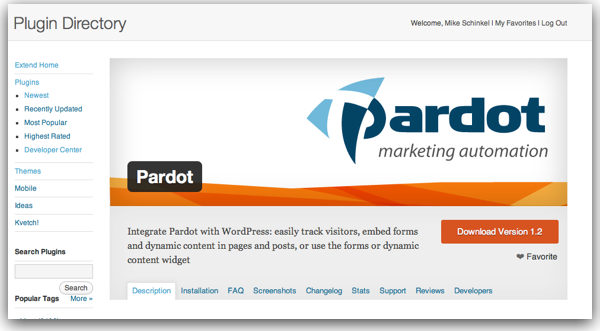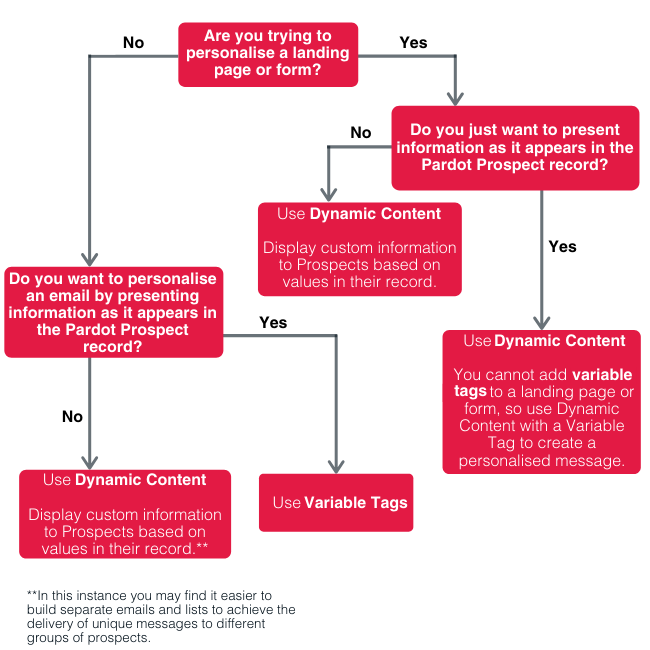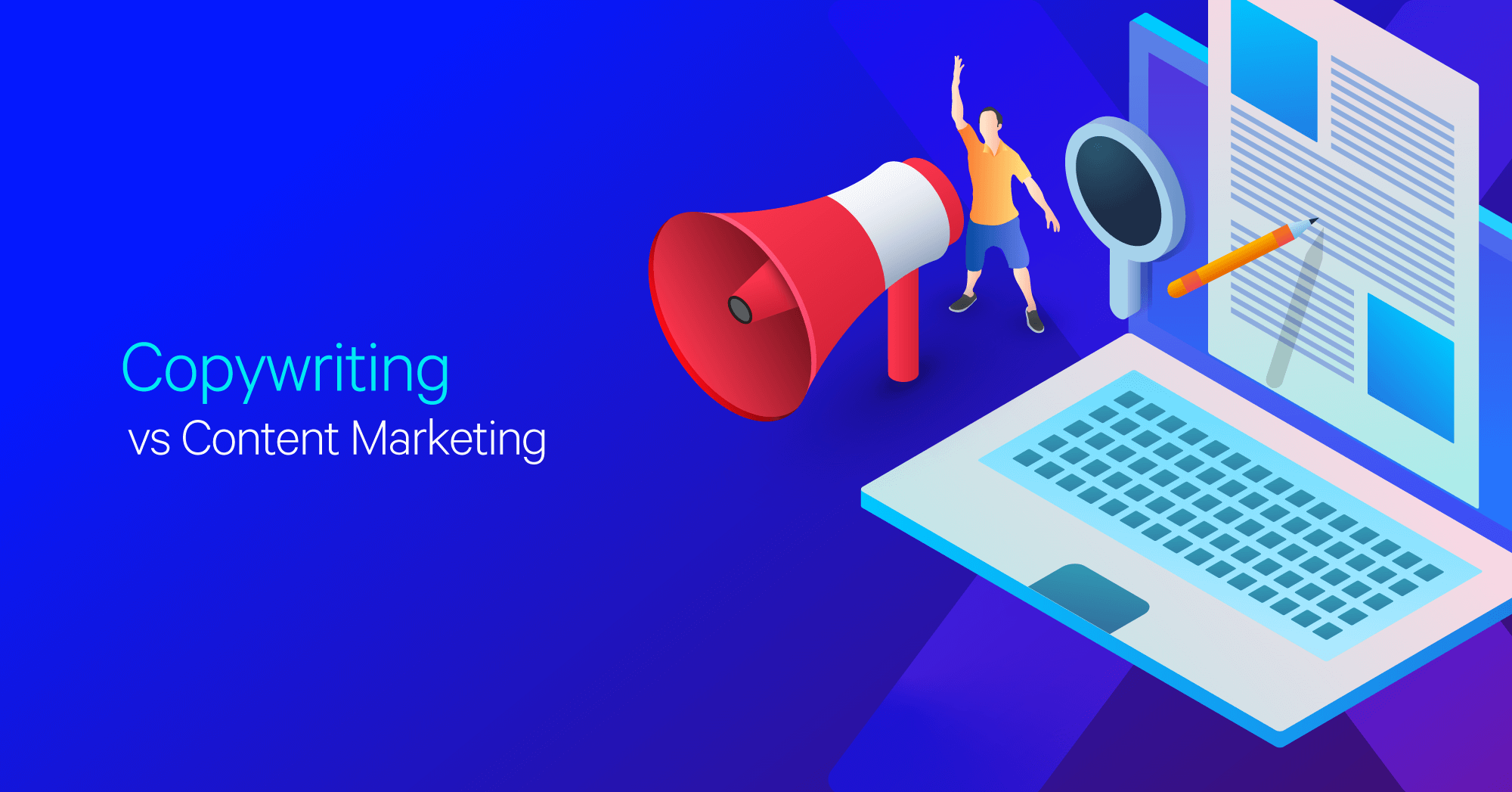
Visual marketing is one of the most effective ways to engage with your target audience and build brand awareness. You can convey important information quickly, and your content will stand out amongst other competitors.
Whether you run a small company or a large corporation, visual marketing is crucial for staying competitive. The power of visuals can boost your website traffic, lead generation, social media engagement, and sales.
Start with your story. Decide what your brand's story is, and then create visual elements to tell it.
Use different visuals for your marketing including images, videos and graphics. These can be used in your website, emails, and social media profiles. You can also create animations to make your content more engaging.

Interactive infographics can also be used in your marketing campaign. These types of visuals combine editorial and graphics to visually explain important concepts or industry trends. They can be used to inform your audience of new products and services.
Video is a fantastic way to market your company and can be particularly effective for ecommerce businesses. A study revealed that videos increase sales 43%.
When incorporating videos into your visual content marketing strategy, you need to ensure that you're creating them in a way that will appeal to your audience. This includes choosing the right type of content to fit with your business, and ensuring that your video has an engaging storyline that will compel users to watch it.
You may also want to add a call-to action to your images, like a link to a landing site. They can be static or animated, but should be in line with your brand and easy to click. You can select a style that fits your content.
User-generated content (UGC) is a hugely important component of a successful visual content marketing strategy. UGC is trusted more by customers (63%) than brand posts. UGC, in addition to being a shoppable post on social media can drive customers to your ecommerce store and increase revenue.

A great way to incorporate UGC into your visual content marketing strategy is by creating a contest that asks users for their photos of a product they've purchased. It can be a good way to build up a community for your brand. Users can even share their photos to their friends.
Your social platforms are like your nervous systems, so you need to make them a major part of your marketing strategy. By adding visuals to your Facebook and Instagram posts, Twitter updates, and YouTube content, you can encourage greater interaction between your customers and your company.
You can also add a Pop-up that will ask the user to complete a test or to go on an interactive tour. With a platform like Visme you can create interactive images that let your audience interact with the content in interesting and new ways.
FAQ
Marketing automation: Is it the future of marketing?
Marketing automation involves the use software and technology to automate, automate, or measure marketing tasks. It frees up resources for more difficult tasks, such as customer behavior analysis or personal engagement. It automates mundane tasks like segmentation, testing, personalizing and tracking website visits, behavior, managing customer interactions across channels, and more.
The future of marketing automation lies with its ability make customer journeys easier and more easily understood. Marketers will be able track customers' journeys across channels by tapping into richer data sources like social media platforms and connected devices to create personalized experiences that engage with customers at every touchpoint. This will enable them create strategies that are highly targeted and flexible.
In addition to this, artificial intelligence (AI) will help marketers automate their decisions thus making campaigns even more efficient. AI-powered bots will automate repetitive tasks such as scheduling emails and answering customers' FAQs. This allows marketers to focus on tasks that require human intelligence, such refining the content strategy and understanding customer sentiment about particular products.
With a growing acceptance of marketing automation tools within smaller businesses, and advances in predictive analytics technologies that generate insights using data collected via marketing automation, it is safe to assume that automated marketing will continue its rise in popularity as we near 2021.
In conclusion, marketing automation is an invaluable tool that can help businesses succeed in today's competitive market. With the right tools and strategies, businesses can save time and resources while creating personalized customer experiences. Businesses can improve customer satisfaction and respond rates by using customer segmentation. Marketing automation will be more important as technology evolves to help businesses remain competitive and succeed in future.
Can you use SQL to automate?
SQL is the key for automating business processes regardless of their size. You can automate manual tasks like manually entering data and searching tables.
SQL makes it easy to quickly sort through thousands or hundreds upon thousands of records from a database table. You can also quickly transform data into colorful graphical visualizations that are easier for everyone to understand.
SQL allows customers to get crucial insights into their products, customers, and activities. You can run powerful queries over structured data sets using SQL. You can also increase your accuracy and reduce the time you spend on repetitive tasks with these insights.
Automated reports can be easily scheduled and configured to refresh automatically, so that no one is left out of any detail. You can save valuable time, which would otherwise have to be spent in the office. SQL can do it all, whether it's tracking and simplifying processes across departments or allowing teams to communicate key findings more efficiently.
SQL can be used to automate tasks that involve complex calculations or data manipulation. SQL can be used for automating tasks that require complex calculations or data manipulation. This can streamline workflows, and ensure that everyone is updated with the most current information.
Finally, SQL can be used to automate marketing activities such as email campaigns and website analytics. You can use SQL to create automated campaigns that target specific customer segments or track the performance of your website in real time.
What are the benefits of WordPress Marketing Automation?
WordPress marketing automation brings many benefits to businesses. It helps to save time and money by automating mundane tasks, such as data analysis and segmentation. Automation allows businesses to create more customized content which will improve customer engagement and increase conversion rates. It provides detailed reports that marketers can use to analyze website activity, ROI performance and other metrics to help them evaluate the effectiveness over time.
WordPress marketing automation also enables businesses to create automated lead nurturing workflows, set up powerful triggers to send emails based on specific visitor activities, and customize customer journeys with personalized messages. This allows businesses to build customer relationships and loyalty. Automation also allows for more efficient communication between teams, which can help improve collaboration and productivity.
WordPress marketing automation gives businesses the ability to keep up with their competitors by providing insights into customer behavior trends and customer behavior. This allows marketers to quickly adapt strategies to change customer needs and make informed decisions about campaigns. Businesses can also use automation to keep up with digital marketing trends such as machine learning and artificial intelligence (AI). By leveraging these tools, businesses can create more effective campaigns and better target their audiences.
Do you have WordPress marketing automation?
WordPress marketing automation allows marketers to create and manage their WordPress websites or campaigns. It's intended to aid developers, marketers and non-technical users to simultaneously create, execute, and track complex tasks.
It works by setting triggers and creating workflows. They are triggered when someone does something such as visit a page or open an email. This automation system is also useful for updating pages, sending out emails, scheduling social media posts, and so on.
WordPress marketing automation lets you send customized messages to users based on their interests and behaviors. This helps to rationalize marketing efforts across channels.
Similar results can be obtained with detailed analytics reports, which show the source of each lead. This will allow you to concentrate your efforts on the most profitable growth routes.
This allows marketers to focus on improving customer experience, rather than worrying about the mundane tasks of updating websites or managing email flow.
You can also expect higher conversions since customers won't need to wait for long periods before you respond to them. This is due to the better integration between sales and marketing departments working on similar projects in realtime.
WordPress marketing automation gives small businesses the ability to identify leads quicker, which greatly reduces acquisition cost. Additionally, it provides valuable insights into campaign impact and performance in real time.
Last but not the least, this platform is free from human error and minimizes profit loss because it works according to preconfigured rules that you have set up within its back-end systems settings.
Can I automate WordPress?
Automated WordPress automates the manual tasks involved in managing WordPress websites. This automation makes it much easier to maintain an up-to-date website, quickly make changes to your site, keep it secure from malicious attacks, and keep track of user activity.
Automated WordPress allows you to automatically update your content from the server. It also simplifies site maintenance activities such as backing up files and restoring data if needed. Automated WordPress also offers integrated security solutions to identify potential threats to your site.
Automated WordPress tools can be used to gather data about site visitors. This includes demographics and browsing patterns. This information can be used to develop more effective marketing strategies or other initiatives.
Automated WordPress improves efficiency, reduces workloads, and makes it easier to manage websites today. Automated WordPress can reduce repetitive tasks with little effort and give valuable insights into how people interact with your site. This will allow you to make better decisions.
Automated WordPress is not only beneficial for businesses, but also allows them to take advantage marketing automation tools that can further streamline their operations. Automated marketing solutions enable businesses to automate and track the performance of their campaigns in real-time. These tools enable businesses to quickly set up campaigns, target customer segments and measure their success. This helps businesses save time and resources while ensuring that they are reaching the right people with the right message.
Statistics
- Marketing automation is one of the fastest-growing technologies out there, according to Forrester's Marketing Automation Technology Forecast, 2017 to 2023. (marketo.com)
- Not only does this weed out guests who might not be 100% committed but it also gives you all the info you might need at a later date." (buzzsprout.com)
- You can use our Constant Contact coupon code to get 20% off your monthly plan. (wpbeginner.com)
- While they're doing that, their competition is figuring out how to get more out of the 99.99% of the market that's still out there. (hubspot.com)
- Automator can probably replace 15% or more of your existing plugins. (automatorplugin.com)
External Links
How To
How do I set-up and configure my content market automation workflows?
Automation workflows are a series triggered actions which increase efficiency and reduce work load when optimizing content. This type of workflow allows for multiple tasks to be accomplished quickly and efficiently. Automation workflows are great for managing any content marketing campaign. But they can also be very useful when done correctly.
It takes careful planning and strategizing to set up an automated workflow. After you have determined the task objectives, timeline and other details, it is time to research the steps needed to accomplish those tasks. Once you have decided on the task objectives and timeline, start mapping out a step-by -step process with clear milestones. Each milestone should be used to check where you are in your campaign and what is needed.
After you have broken down your workflow into steps, it is time for you to configure them so that your automation process flows seamlessly between each step. Your workflow configuration can include creating email marketing messages, scheduling automatic posts or tweets and automating user feedback notifications. You can also set up notifications for each milestone. Before you publish the campaign, ensure that everything is correct. This will prevent any problems down the road that could affect deadlines and other goals.
A good management system is necessary to ensure smooth operation of an automated workflow. You must monitor progress and make adjustments depending on the results. Pay attention to customer responses and adapt accordingly. Reward good performers and keep future campaigns in mind. Be ready for unexpected changes, pivots and emergency plans if things don't go as planned. All of these activities that are related to automating workflows can ensure their success throughout their lifecycle.